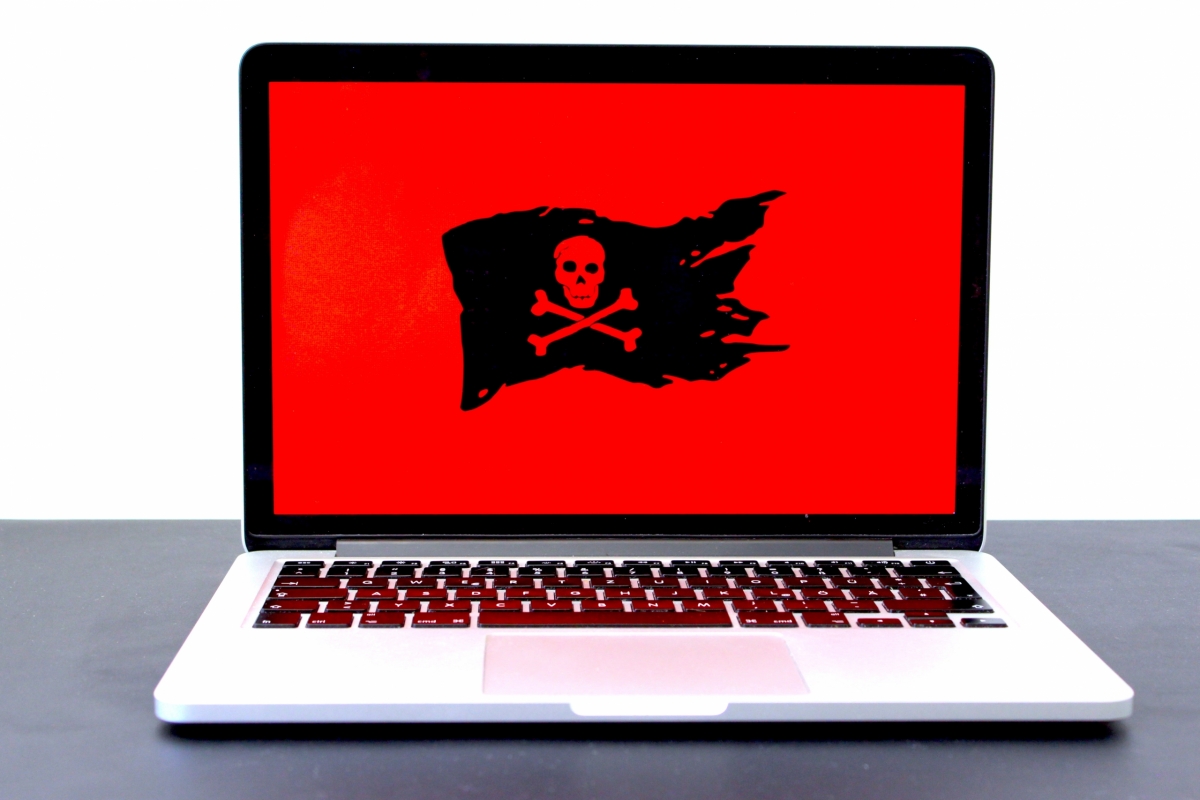
If you’re not worried about a cybersecurity breach you ought to be. It could result in more than lost time and data, especially if your organization is the victim of ransomware. Ransomware impacts data, downtime, liability, and reputation. And on top of that it costs a lot of money. $7.5 billion dollars to be exact. This is the estimated cost of ransomware in the US in 2019 (MIT Technology Review). Clearly, ransomware is beyond a mild irritant. And worse, it’s perpetrated to all of us!
Firms that track ransomware found that in the first 3 months of 2020, the number of organizations impacted by ransomware reached 62 percent compared with only 56 percent of organizations in all of 2019. As we increase the amount of learning and working remotely, cyber criminals have even more opportunity to wreak havoc. This is not something you want your organization to face.
Where Does Ransomware Come From?
Ransomware doesn’t just randomly show up on a computer. People present the biggest risk factor when it comes to ransomware attacks. Ransomware is usually the result of someone usually unknowingly initiating a download of malicious software by clicking on a link or opening an attachment in an email. Often the victim believes the email is from someone they know, such as a supplier stating that a package is being delivered to you, or a service provider or co-worker with an attached invoice or file. When clicked, the action results in a virus being downloaded that is working in the background. When it surfaces, the computer is locked and the demand for ransom is made, holding access to files or even the computer hostage until the ransom is paid.
Create a Human Firewall
What can you do? Start by creating a human firewall. With employee awareness and training people become the best defense against this and other malicious attacks. Make sure all your employees, students, and patients know what to look for to identify a potential ransomware attack. Even train them to just ask you before opening a suspicious message!
Members of the help desk are in a unique position to educate and protect users in your organization from attacks. Each and every interaction between the agent and users provides an opportunity to train users in identifying possible ransomware, reminding them to back up their data daily, and helping them install technology to detect ransomware and other malware.To combat ransomware and other cyber threats, stay vigilant by continuously discovering and patching vulnerabilities; conduct security awareness training for all employees, students, and patients, and keep your IT teams up to date on security protocols.
Your help desk team can employ five basic defenses to stave off ransomware:
- Keeping antivirus and intrusion detection software updated
- Monitor the traffic on your network
- Scan and filter emails before they go to your users
- Keep important data secure and backed up
- Keep passwords protected and change them frequently (see our password manager blog post)
A good help desk is invaluable. Make sure your help desk is current on all best practices. Download and read our 15 Best Practices white paper.
